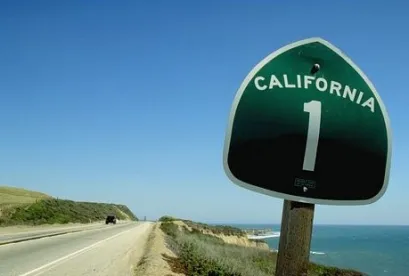Faced with record drought and depleted groundwater supplies statewide, the California Legislature has enacted, and Governor Brown on September 16 signed, new legislation designed to move statewide groundwater management forward in the decades to come.
The new laws, Senate Bills 1168 and 1319, and Assembly Bill 1739, do not radically alter groundwater management in the short-term. They do, however, set the stage for a possible statewide system of management ultimately supervised by the State Water Resources Control Board (”SWRCB”). Generally, for many at-risk basins, the law mandates (and for other areas encourages) “groundwater sustainability agencies” to adopt “groundwater sustainability plans” in coming years. These plans are to be designed to remedy overdrafted groundwater supplies, but over a long-term planning horizon for decades to come. The agencies may turn out to be already existing agencies, such as counties, which choose to take on this "groundwater sustainability" role.
Given further groundwater controls on the horizon, and possible increases in groundwater adjudications to solidify water rights, groundwater users should marshal their documents and data to support their volumes and types of water use, and consider how they can be pro-active in their locale.
Serious Groundwater Problems in California
The groundwater problems in California and across the Southwest have become very serious in recent years. For example, a study by NASA and University of California, Irvine, scientists discovered that more than 75 percent of the water loss in Colorado River Basin since 2004 came from groundwater depletion. As reported in The Desert Sun, a 2013 analysis of groundwater by the U.S. Geological Survey and two other agencies found that of 3,394 wells across California, water levels declined in about 62 percent of the wells between 2000 and 2013. Further, the average water level decline was more than 15 feet. Over 100 wells in Southern California and the San Joaquin Valley had large declines of 50 feet or more. Declining groundwater not only creates a water supply issue, but also creates risk of land subsidence.
Legislation for the Long-Term
The timelines in the new legislation will be considered slow by many.
-
After June 30, 2017, SB 1319 allows the SWRCB to set "probationary" water basins over which it can exert some control. (If a local agency is not named as a sustainability agency, or a proper sustainability plan is not done in specified time periods, the SWRCB can create its own plan for the area.)
-
After mid-summer 2017, AB 1739 requires reporting specifics as to groundwater extraction in certain circumstances.
-
By January 31, 2015, SB 1168 requires the Department of Water Resources to categorize groundwater basins. At that point old groundwater management plans such as those currently governing groundwater usage in some regions would be scrapped, and new "sustainability plans" for certain regions must be implemented by January 31, 2020, or January 31, 2022, depending on the type of region.
The quickest action under the new legislation may come for some regions in the requirement in AB 1739 that prior to the adoption of a general plan, or any substantial amendment of one, the planning agency must consider the local groundwater situation, and make appropriate referrals to other agencies for input.
However, it should be noted that even the old police powers of local agencies allowed certain restrictions on groundwater pumping and use. This new legislation should be seen as a beginning move for statewide efforts to monitor and regulate groundwater in the long-term, something that on a local level is already being done in some, but not all, locales where there are groundwater problems. To the extent there are any immediate effects from the legislation, they are likely to be from the knowledge that state oversight of groundwater usage is now coming, and local agencies will be focused on how they can be more pro-active. For areas in which groundwater overdraft is serious and is not being effectively regulated locally, there is always available the traditional avenue of groundwater adjudication through the courts. The new legislation does not abrogate the power of the courts in this area. The result of the new legislation may in fact be more groundwater adjudications in the near future, so water users can acquire settled rights before local sustainability agencies insert themselves into the equation.


 />i
/>i

